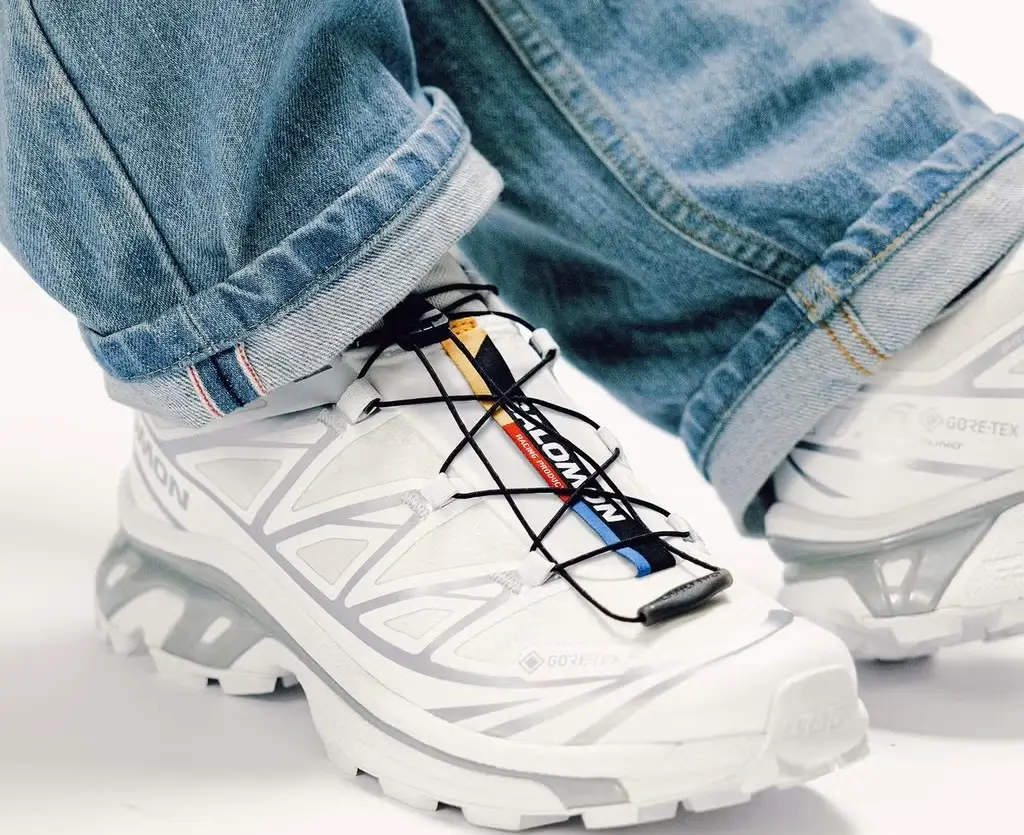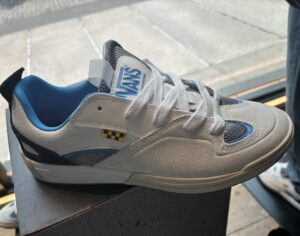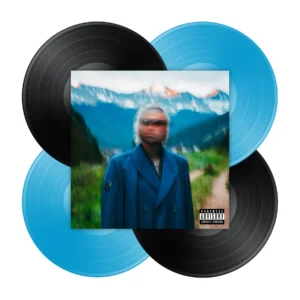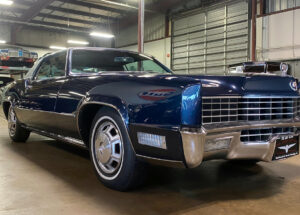The Nike Air Max Plus GS “Tune” in Wolf Grey and Black reaffirms the enduring legacy of a silhouette that revolutionized sneaker design in the late 1990s. Originally released in 1998 as the Air Max Plus and designed by Sean McDowell, the model introduced Tuned Air (Tn) technology—a landmark development that offered a more responsive cushioning system tailored to specific zones of the foot. This latest iteration in Wolf Grey/Black is a sleek, youth-exclusive edition that continues to blend innovation, performance, and streetwise aesthetic with understated modernism.
A Heritage Defined by Technological Flair
To appreciate the GS Tune Wolf Grey/Black, one must first understand the cultural and technological significance of the Air Max Plus line. Debuting at a time when shoe design was veering into more experimental territory, the original Air Max Plus drew from Florida’s coastal palms and twilight skies for visual inspiration. With its distinctive wavy TPU overlays and striking gradient mesh uppers, the shoe didn’t just follow trends—it invented them.
The hallmark feature, Tuned Air, was designed to deliver targeted support for the forefoot and heel, reducing strain and enhancing responsiveness. It marked Nike’s willingness to experiment with biomechanical science, and the result was a shoe that catered equally to runners and urban youth, both groups gravitating toward its aggressive stance and superior feel.
Design Language: Wolf Grey as Elegance
The Wolf Grey/Black GS Tune refines the signature look for a new generation. Where previous versions leaned into high-contrast color schemes—think Tiger Stripes, Hyper Blue, or Sunset—this model opts for a grayscale minimalism that’s striking in its subtlety. The Wolf Grey upper, constructed from mesh and reinforced with black TPU caging, offers a contemporary update without diluting the shoe’s roots. It reads like urban armor: restrained, tactical, and quietly bold.
Black accents across the mudguard, lacing system, and iconic mini Swoosh branding provide a sharp visual structure. The gradient fade between grey tones on the upper evokes the dusk-inspired ethos of the original without replicating its vibrant hues. Instead, this version draws strength from the quiet power of monochrome, offering a versatile foundation for everyday streetwear or statement performance looks.
Tuned Air Remastered: Engineered for Youth
Despite being scaled down for grade school sizing, the GS Tune model loses none of the technical prowess of its full-size counterparts. The Tuned Air system, though compact, remains the star of the show—delivering responsive support through dual-density foam and heel-specific air pods that stabilize and absorb impact. This tailored support system allows for optimal foot alignment and minimizes fatigue for younger wearers still developing natural stride and posture.
The midsole, in stark black, is carved to emphasize aerodynamic lines and enhance the shoe’s low-profile build. The outsole features aggressive waffle traction and flex grooves, ensuring grip across urban and recreational terrains alike. This isn’t just a miniature version of an adult shoe—it’s a shoe tuned specifically for the biomechanical demands of youth movement.
The Cultural Relevance of the Air Max Plus GS Line
For over two decades, the Air Max Plus has held a cult-like status in global street culture, particularly in cities like London, Paris, and Sydney, where it’s become emblematic of underground fashion and working-class swagger. It’s the unofficial shoe of grime artists, drill rappers, and terrace subcultures. This GS version carries that cultural cachet forward, enabling young sneakerheads to participate in a legacy of style that’s been historically defined by defiance, flair, and community.
Nike’s decision to issue colorways like Wolf Grey/Black for the GS segment reflects a broader movement in the brand’s strategy: to take youth taste seriously. It’s no longer about just shrinking down adult silhouettes. It’s about equipping younger consumers with designs that possess equal parts technical sophistication and cultural relevance. The GS Tune isn’t infantilized—it’s dignified, just like the kids wearing it.
Styling and Wearability
What makes the Wolf Grey/Black GS Tune especially appealing is its styling versatility. It avoids the overly athletic vibe of bright performance sneakers while maintaining the aerodynamic shape that signals speed and precision. This makes it a crossover staple—equally at home with slim-fit cargos and oversized hoodies as it is with tapered denim and utility jackets.
The palette ensures it fits into both muted and bold wardrobes. The low-key colorway offers maximum wearability for school, weekend outings, or casual events, while the sculptural silhouette still delivers an element of visual drama.
Sustainability and Material Innovation
In recent Nike manufacturing updates, even GS models have begun to integrate more sustainable materials, a move that aligns with the brand’s circular design ethos. While not explicitly labeled as part of Nike’s “Move to Zero” campaign, the GS Tune line has seen improvements in material efficiency and packaging sustainability. The mesh used on this model is lightweight, breathable, and potentially recyclable, while the streamlined production methods result in reduced waste.
It’s a small but significant gesture toward sustainability—a value increasingly important to Gen Z consumers who expect transparency and eco-consciousness from the brands they support.
A Statement of Maturity in Youth Shoes
The Nike Air Max Plus GS Tune in Wolf Grey/Black is more than a grade-school adaptation of a classic. It’s a nuanced, technically advanced, and aesthetically elevated statement of what youth footwear can be. By refusing to dumb down the legacy of the Air Max Plus, Nike shows respect for its youngest consumers—and trust in their style instincts.
In a footwear market oversaturated with novelty drops and nostalgia reissues, the GS Tune stands out as a quiet evolution. It keeps the energy of the original while reflecting contemporary trends of tonal minimalism, performance-driven design, and cross-cultural influence. It reminds us that great design doesn’t need to shout. Sometimes, it just needs to breathe—and in doing so, it makes room for a new generation to step into history with power, purpose, and precision.
No comments yet.









